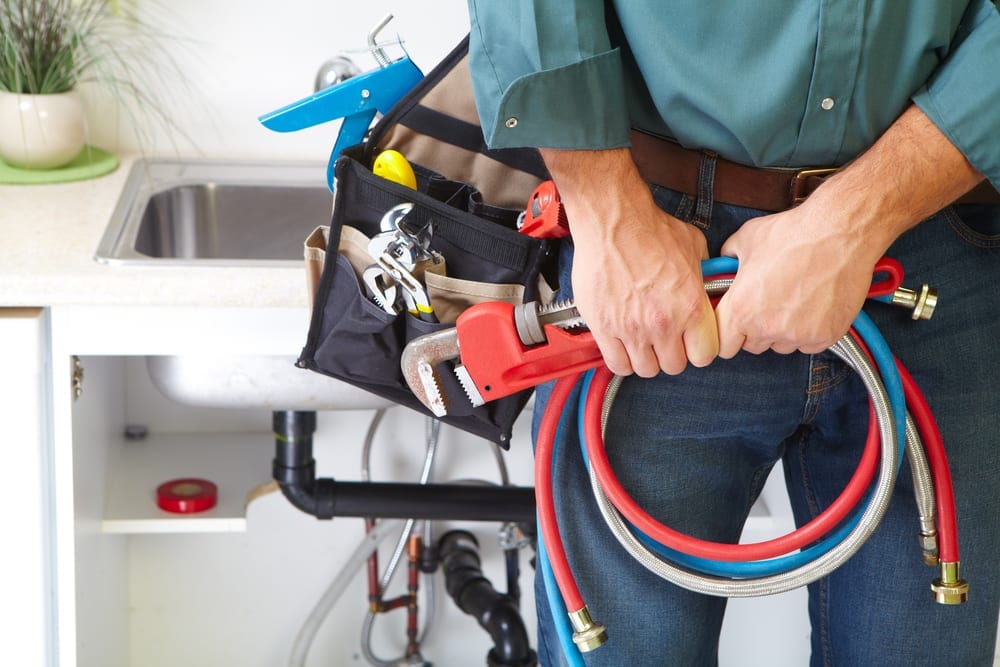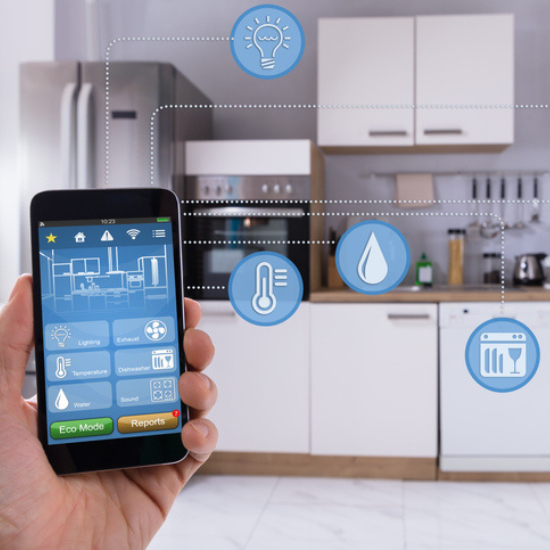Exploring What's Next in Plumbing: Trends and Advancements
Exploring What's Next in Plumbing: Trends and Advancements
Blog Article
In this article on the next paragraphs you might get a good deal of outstanding information and facts in relation to Innovative Plumbing Trends Transforming Construction.

Introduction
The plumbing industry is undertaking a transformative phase driven by technical innovations and growing concerns for sustainability and efficiency. This short article explores arising fads and innovations shaping the future of pipes.
Regulative Landscape
Governing frameworks play an essential duty fit the adoption of plumbing developments, with standards and codes regulating every little thing from water performance to product safety. As modern technologies remain to evolve, regulatory bodies must adjust to make certain customer security and ecological stewardship.
Future Overview
The future of pipes is characterized by proceeded advancement and assimilation with other sectors such as IoT, renewable resource, and building automation. By accepting sustainable techniques, leveraging emerging technologies, and prioritizing user-centric style, the pipes sector is poised to address the advancing demands of culture while lessening its ecological impact.
Augmented Truth in Plumbing
Augmented Reality (AR) innovation is reinventing pipes by giving service technicians with real-time visual assistance for troubleshooting and repair work tasks. AR-enabled smart glasses or mobile applications overlay electronic details onto the physical atmosphere, helping plumbing professionals picture pipe formats, determine covert leakages, and perform repairs with precision.
Influence of 3D Printing
The introduction of 3D printing has introduced new possibilities in manufacturing pipes parts. From custom-made components to complex pipeline installations, 3D printing permits rapid prototyping and on-demand production, minimizing lead times and allowing higher personalization in pipes style.
Health and Safety Characteristics
In action to increased concerns for health and wellness, plumbing components are including features such as antimicrobial surfaces, touchless operation, and self-cleaning systems. These advancements not only enhance health but likewise advertise customer convenience and comfort.
Hygiene-focused Fixtures
Touchless taps, self-sanitizing toilets, and antimicrobial surfaces are coming to be progressively widespread in property and business setups, minimizing the risk of germ transmission and promoting a cleaner, healthier atmosphere.
Water Top Quality Surveillance
Advancements in water quality monitoring technologies make it possible for homeowners to check the pureness and security of their supply of water in real-time. Smart water quality sensors can spot pollutants, pH degrees, and temperature level variations, equipping customers to take proactive measures to guarantee water safety and security.
Remote Plumbing Providers
Remote diagnostics and virtual aid are reinventing the way plumbing services are provided. With video clip conferencing and remote accessibility innovations, plumbings can fix problems, give guidance for do it yourself repairs, and even perform remote evaluations, using greater ease of access and benefit to house owners.
Difficulties and Opportunities
While pipes developments hold tremendous assurance, they also present difficulties such as information personal privacy worries, governing conformity, and the demand for workforce training. Attending to these challenges requires cooperation in between market stakeholders and regulative bodies to ensure risk-free and accountable execution of brand-new modern technologies.
Smart Plumbing Systems
Incorporating wise innovation into pipes systems makes it possible for remote surveillance, leak discovery, and automated maintenance. Smart sensing units and IoT (Web of Points) gadgets enable house owners and plumbings to monitor water use and find issues in real-time, leading to extra efficient resource administration and aggressive upkeep.
Water Efficiency Solutions
With increasing focus on water preservation, cutting-edge options are being created to minimize water wastage in plumbing systems. High-efficiency components, greywater recycling systems, and wise irrigation controllers are among the technologies assisting customers lower their water impact while keeping convenience and comfort.
Lasting Materials
The change in the direction of sustainability includes pipes products, with an expanding preference for green choices. Biodegradable piping materials, such as PEX (cross-linked polyethylene) and HDPE (high-density polyethylene), offer toughness and resistance to corrosion without compromising environmental stability.
Anticipating Maintenance
Anticipating maintenance techniques take advantage of data analytics and machine learning formulas to prepare for and avoid pipes problems before they happen. By evaluating historical data and performance metrics, predictive upkeep formulas can recognize patterns and abnormalities, making it possible for aggressive treatments to stay clear of pricey repairs and disturbances.
Verdict
Finally, the future of plumbing is specified by a convergence of technology, sustainability, and user-centric layout. By accepting wise options, lasting materials, and proactive maintenance practices, the pipes industry can enhance effectiveness, promote security, and contribute to a more sustainable future.
Plumbing Industry Trends You Need To Know
Smart technology in plumbing
Homeowners want to be able to manage their homes from their phones. The technology exists to make that happen. From smart toilets to leak detector devices, the whole plumbing system can be managed on an interconnected network made up of sensors, IoT devices, and machine learning algorithms.
This allows for wireless control to turn appliances on and off, automate routines, and access advanced monitoring to track water usage and flag potential issues. Smart technology streamlines water consumption, maintenance and energy usage, creating a more efficient system.
Green plumbing
The data analysis possible with smart technology not only improves convenience and cost-effectiveness but also fulfills a high-priority customer desire – sustainability. Consumers are very aware of their impact on the planet and want plumbing solutions to reduce damage and support sustainability. Eco-friendly plumbing solutions are already starting to emerge.
Customers can opt for low-flow toilets, water-saving faucets, and connections to sustainable energy sources. Beyond monitoring water consumption, customers can conserve water through the installation of greywater systems. This is a system that collects water that has been used but is still clean enough for some household uses such as toilet flushing.
Shorter product pipeline
To keep up with modern plumbing, plumbers need modern tools that enable them to complete jobs more efficiently. One technology making strides in this area is 3D printing. By 3D printing key plumbing fixtures, plumbers can reduce wait times even for specialized fixtures. It minimizes delays often seen in traditional manufacturing that frustrate customers and prevent plumbers from taking on more work.
Off-site repairs
Augmented reality is making a splash in many industries including plumbing. Plumbers can map a building online so they can explore the plumbing system through augmented reality, identifying areas of maintenance and repair completely digitally. This technology can be applied quite widely in plumbers’ work including planning installations and training new recruits. It’s safer, smarter and more efficient.
Low-footprint materials
Another way for plumbing companies to reduce their environmental footprint and meet the customer demand for sustainability is by using recycled materials in their work. The products they source and manufacture such as pipes, fixtures and faucets can be made from recycled materials. This saves the planet while being just as effective.
Onsite water purification
Additionally, plumbing companies can be advocates of water conservation and ease the financial and environmental concerns of customers by offering water purification systems. New water purification technology such as reverse osmosis systems and UV systems make it possible for homeowners and business owners to thoroughly cleanse water, removing contaminants onsite. This means the water can be safely reused in more ways than greywater can be, establishing a water recycling loop.
Tankless water heaters
Another innovation of modern plumbing is tankless water heaters. The idea is that the water is heated on demand as it runs through the system instead of being heated in a water tank. This is more energy efficient and therefore cost-effective and eco-friendly because water isn’t heated needlessly.

I am just very fascinated with and I really hope you appreciated our blog posting. In case you enjoyed reading our blog posting kindly don't forget to pass it around. Many thanks for your time. Return soon.
Call Report this page